The North African Kingdom of Morocco is on the continent’s western tip.
Its shores touch the North Atlantic Ocean to the west and the Alboran Sea at the Straits of Gibraltar.
Known as a hub of the ancient world, its 37 million people are of predominantly Arab and Berber descent, speaking French, Arabic, Spanish, and English.
Over 10 million people visit Morocco annually to climb the summits of the Atlas Mountains, explore the Sahara Desert, hike Imlil, or surf Taghazout’s rugged shores.
The 8th-century Moorish architecture of Marakesh, Fez, and the infamous Casablanca, complement centuries-old Islamic mosques, souks, and colorful alleyways.
The small country is relatively safe to visit, with only 1.24 crimes per 100,000 people.
However, that doesn’t mean Morocco is crime-free.
And, as with any country, precautions should be taken, and the country’s laws and traditions observed.
Petty crime is rampant, especially in squares and narrow alleyways.
The ancient art of pickpocketing thrives in crowded marketplaces, as does bag-snatching.
Throughout Morocco, verbal harassment of women is common, as is theft from vehicles caught in traffic.
Moroccan taxi scams, where drivers increase the price mid-trip, are common.
Morocco is also a significant cannabis producer and trafficker of cocaine and heroin, as rated by the Global Organized Crime Index.
Unsurprisingly, the United States advises caution when visiting Morocco due to the high risk of terrorism.
Morocco has influenced Western and Eastern cultures through the millennia, but travelers to this small Arabix county should beware.
Contents
10 Most Dangerous Cities in Morocco
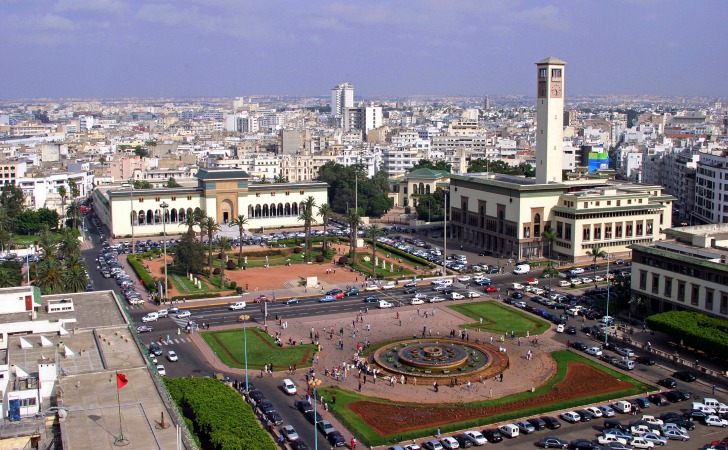
1. Casablanca
Initially, a French colonial port town, Casablanca, sits on the Atlantic coast.
Its Mauresque architecture, a blend of Moorish and European art deco, lines the streets.
For most, the mere name of Casablanca conjures visions of white fedoras and legendary spies.
Casablanca’s gritty sprawling districts are home to 3.14 million residents and moderate crime, with 33 offenses per 100,000 people and an overall rate of 55%.
Muggings and robbery are only second to drug crime.
And most of Morocco is entrenched in corruption and bribery.
Luckily much of the crime is confined to districts such as Bernoussi, Bousbir, Derb Ghallef, and the flats in Derb Milan.
There is also a noticeable crime rate near the train station.
And on game days, take precautions around the soccer stadium.
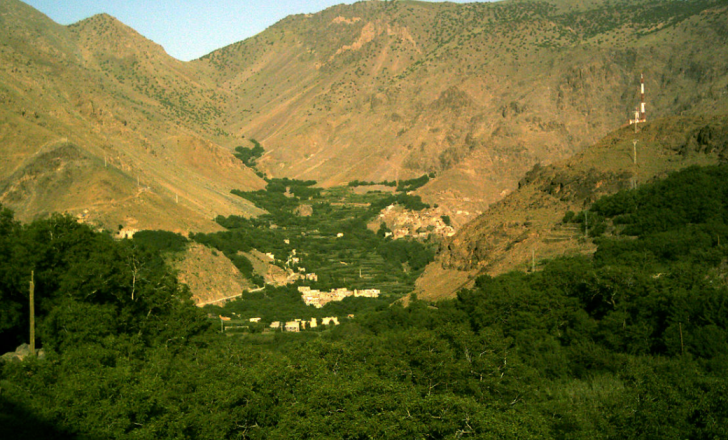
2. Imlili
Imili, the gateway city of Mount Toubkal and the Atlas Mountains has a moderate crime risk – surprising for a small town of 2,260 residents.
Usually used by tourists as a base for extraordinary hiking adventures to the snow-capped peak, this small mountain town is not immune from terror attacks and violent crime.
According to the U. S. Consular report, pickpocketing, petty theft, and purse snatching rate are at the top of the list.
High-traffic tourist-centric areas such as markets and medinas are favorite targets.
So are solo travelers and pedestrians in isolated areas.
Harassment of tourists by people posing as official tourist guides is common.
Verify that the city authorizes your guide and has an official badge when visiting.
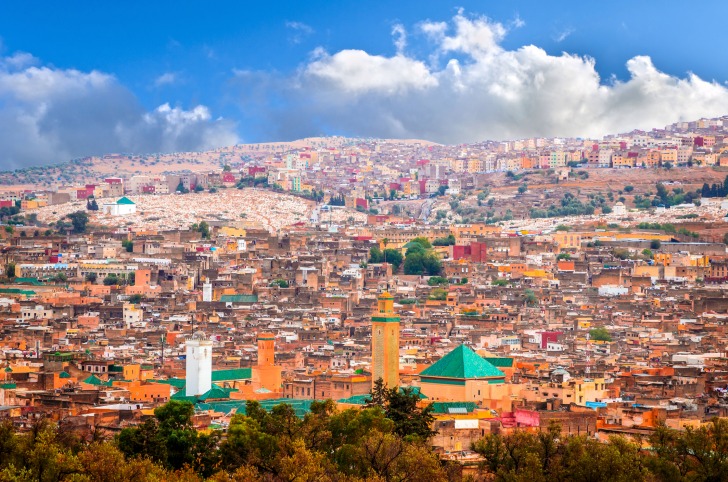
3. Fez (or Fes)
Fez, with a population of 964,891, is located in east Morocco, a highly conservative region.
This historic city is thousands of years old and has a veritable maze of tanneries, workshops, and markets at its center.
It also has a high crime index of 69.4, with drugs, assault, and theft the most prevalent.
Old Town Fez is a curious mix of buildings and people.
It is near the Royal Palace and the arched stone gate or Bab Guissa.
Curiously, by law, downtown is inaccessible by car, so everyone you see will be walking or on bicycles.
Fez is notorious for travel scams, from fluid taxi rates to pickpocketing and significant harassment of solo females.
Also, beware of overhelpful strangers.
In fact, wandering the streets without purpose is risky, as youth gangs are prevalent.
The highest crime rates are in Ben Debbab, Bensouda, and Zouagha.
These areas should be avoided, day or night, but especially at night.
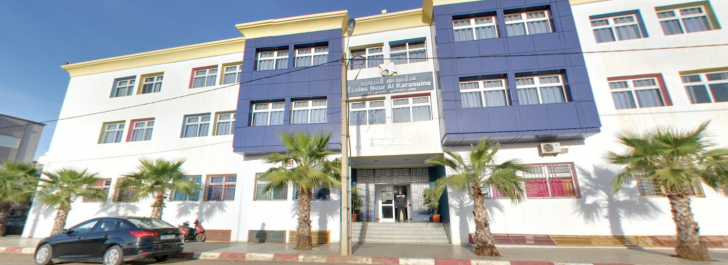
4. Salé
Salé is one of the most dangerous cities in northwestern Morocco, with a daunting overall Crime Index on Numbeo of 64.5, down from the previous few years of over 73.
This mid-sized town of 903,485 lies 10 miles from Rabat and houses the new Rabat International Airport.
Many who wish to visit the Bouregreg Marina, walk the Plage de Salé Ville beaches, or scale the castle walls opt for a day trip because there is little else to do in this town.
While in Salé, protect your belongings, as theft and assault are at the top of the list of reported crimes, along with pickpocket teams.
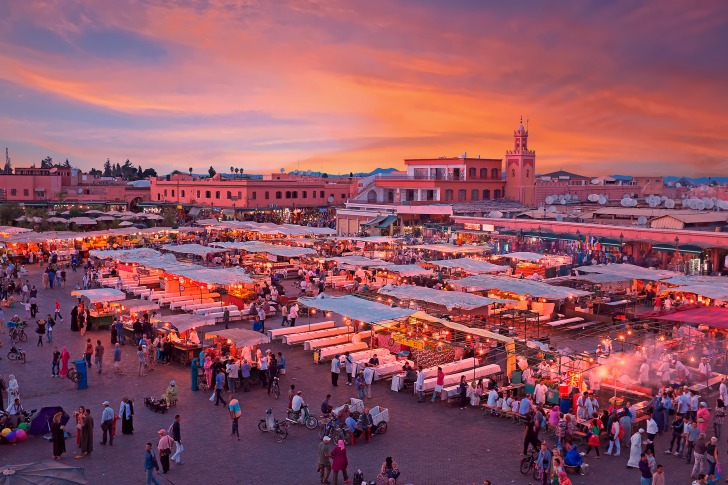
5. Marakeesh
The exotic essence of Morocco is on full display in Marakeesh.
Home to over 839,300 Moroccans, it is rated as a moderate crime risk.
According to Numbeo, the overall Crime Index in this ancient land hovers around 39%, with corruption and bribery totaling well over 60% of all crimes committed.
Violent crimes are the lowest in the city – 34%.
It is relatively safe to drink in the sights and sounds of this ancient city while the sun is high.
However, taking a few general precautions, like noticing your surroundings, and hiding your belongings, can improve your safety.
And most locals will recommend avoiding the Medina alleys if you are solo, female, and at night.
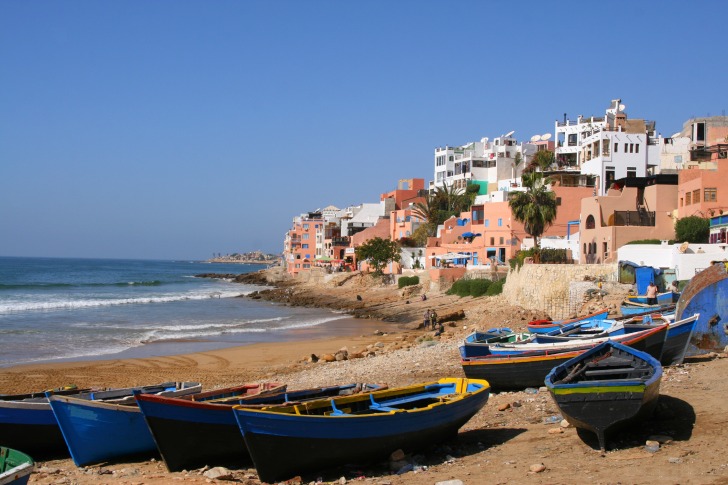
6. Taghazout
Taghazout is the quintessential Moroccan surf town.
Located on the Atlantic coast, roughly 14 miles from the southern city of Agadir.
Here blue and white adobe homes line the mountain cliffs, and camels eye local fishing boats at the sea’s edge.
Famous for some of the best surfing in Africa, wave runner hostels and eclectic nightlife let the small town’s 5,200 residents welcome tourists year-round.
The overall crime rate of Taghazout is 34%, relatively low for a Maroxxo city, but petty theft and pickpockets are rampant.
Whether you are there to surf or bask in the beauty of the town or work remotely, watch your belongings, lock your doors, and keep a display of wealth to a minimum.
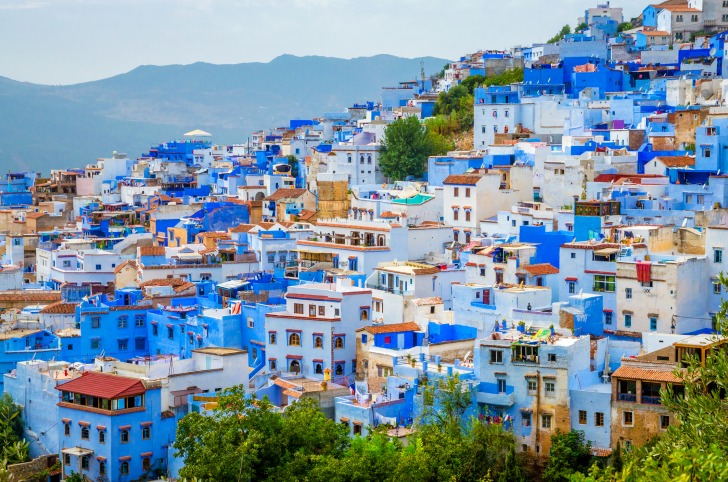
7. Chefchaouen
Chefchaouen – the Blue Pearl of Morocco – is a city of sky-blue buildings and doors.
This popular tourist spot sits south of Tangiers in Morocco’s northwestern Rif Mountains and welcomes nearly 80,000 visitors annually.
The city square is the site of the 15th-century Place Outa el Hammam (red-walled Kasbah) and the center of daily life for its 50,000 residents.
If you have a choice, spring and fall are best, with temperatures a balmy 86°F and minimal crowds.
Property and violent crime are low in Chefchaouen – registering less than 1%.
However, drug crime rates are significant — 4.6 per 1,000.
These are followed by corruption and street harassment or insults.

8. Western Sahara
Western Sahara, a former Spanish colony annexed by Morocco, should be avoided.
This desert area is divided from Morocco by the berm.
An active buffer zone, the berm is heavily fortified with landmines and armed patrols.
The ongoing dispute between Morocco and the native Sahrawis makes the border and desert dangerous.
Avoiding the Algerian-Moroxxan border to the east is also a good idea due to significant and ongoing terrorist activity.
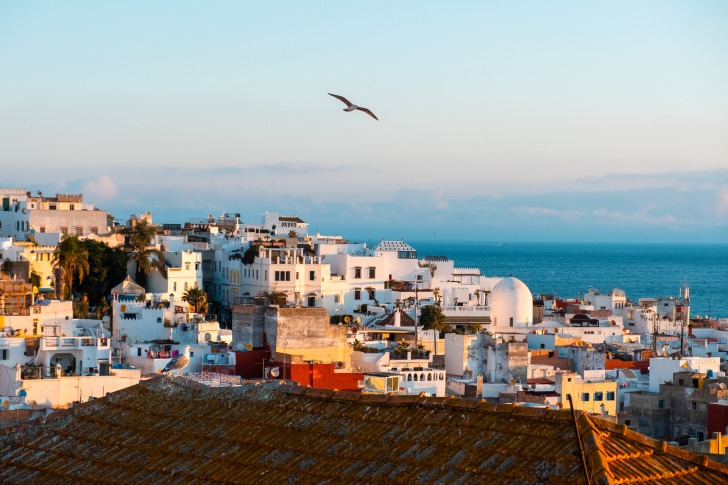
9. Tangiers
Tangiers is an ancient city that dates back to ancient Phoenician rule starting in 1000 BC.
Known as the White City, it has remained an important seaport on Morocco’s northern coast near the Strait of Gibraltar.
Tangiers, home to over 688,000, is also considered a high-crime area.
Its overall Crime Index hovers around 51%.
Drug crimes are the most prevalent, with theft and assault at a moderate rate.
If you are in Tangiers, keep your eyes open.
It is admittedly an intoxicating city, as is most of Morocco, but foreigners stand out and are often targeted by petty thieves and pickpockets.
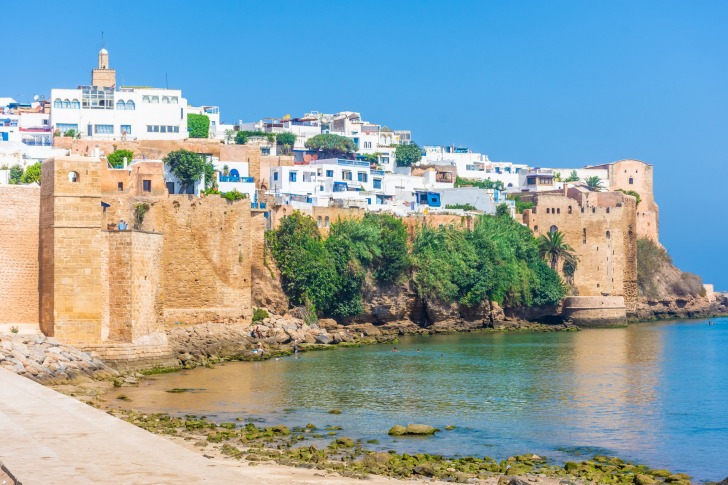
10. Rabat
Rabat is the Moroccan capital – home to over 1.65 million people.
It was built where the Bouregreg River meets the Atlantic Ocean.
The spires and expansive Berber Royal Fort show its blended Islamic and French-colonial heritage, supporting its listing as a UNESCO World Heritage Site.
Rabat is a sparkling cosmopolitan metropolis with wide thoroughfares, parks, trustworthy taxis, and a tram system that services the city and the airport.
It is commonly referred to as the “Washington of North Africa.”
Rabat during the day is safe for travelers, with consideration and basic precautions.
Unsurprisingly, its crime rate is low compared to other Moroccan cities.
Rabat’s violent crime rate averages 1.24 offenses per 100,000 people, a 27% decline.
Robbery is the most prevalent at 135 incidents per 100,000.
5 Safety Tips for Traveling to Morocco
Strong safety precautions are always recommended in Moroxxo.
- Be cautious in crowded areas and keep track of all belongings. Train stations, cafes, and markets are known for teams of pickpockets and thieves looking for easy targets such as cameras and phones.
- Have an emergency plan. A mesmerizing country of history and culture, Morocco is a high target for terrorism and political unrest. Know your embassy and have a backup plan telling someone where you are.
- Be circumspect. Protect your information and avoid carrying large sums of cash. It is best to assume someone is always watching.
- Consider hiring a guide. If you don’t speak the language, want to venture into the jungle areas, or visit secluded attractions, consider hiring a reputable guide or tour service. Always ask for identification and tell someone about your travel plans.
- Learn the language. While an Arabic country, in Moroccan cities, French, Spanish, and English can be heard. But in the mountains, communication may be limited. Learning even one or two expressions can be helpful in an emergency. Translations apps are also beneficial – if there is wifi.
Morocco Safety Overview
READ THE FULL REPORT: Morocco Safety Review
Safety Index: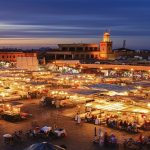
- OVERALL RISK: MEDIUM
- TRANSPORT & TAXIS RISK: LOW
- PICKPOCKETS RISK: MEDIUM
- NATURAL DISASTERS RISK: LOW
- MUGGING RISK: LOW
- TERRORISM RISK: MEDIUM
- SCAMS RISK: MEDIUM
- WOMEN TRAVELERS RISK: MEDIUM
Frequently Asked Questions
Is Morocco Safe for Solo Travel?
In general, Morocco is relatively safe to travel solo.
Of course, it has its dangers and is infamous for harassment of females and tourists, but the beauty and art are worth the inconvenience.
When in public, walk confidently and always pay attention to your surroundings.
Do women have to cover themselves in public in Morocco?
Female tourists are not expected to cover themselves.
However, respecting local customs is always a good idea.
Tank tops and shorts are not recommended.
In the major cities, pants or a longer skirt and a T-shirt are perfectly acceptable.
If you are heading to a more isolated area, a lightweight, long sleeve shirt, a long skirt, and a travel scarf are suggested.
What Currency Is Used in Morocco?
The currency of Morocco is the dirham, equal to 100 santimat.
The dirham, designated a closed currency, can only be bought in Morocco – using US Dollars, Euros, or British Pounds.
These foreign currencies can also be used for payment in some hotels and restaurants.
But unfortunately, Australian and Canadian dollars are not recognized.
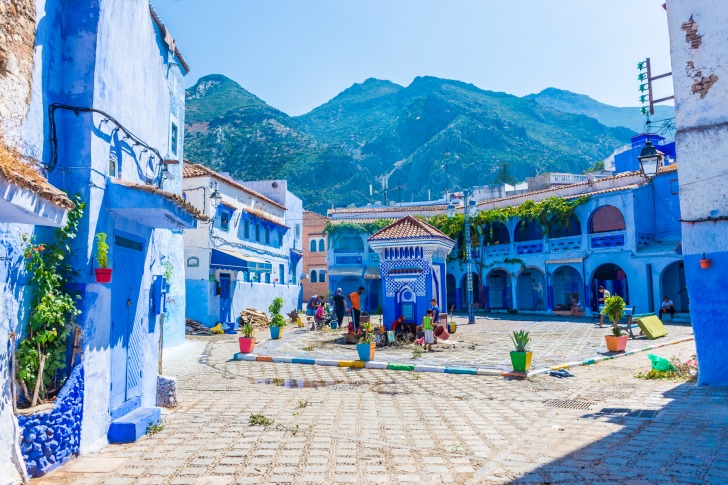
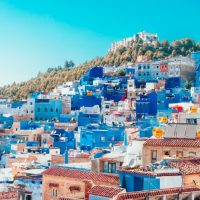
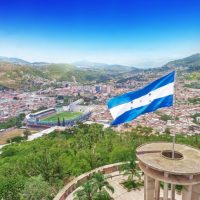
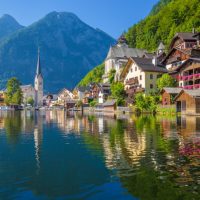
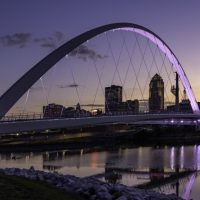
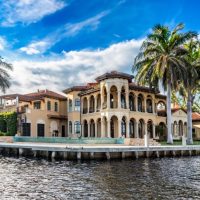
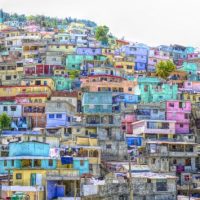





Imlil as a problem in the markets and medinas?????? There aren’t any there. It’s a tiny friendly place.
terrorism???? man i agree with the scam part but other than salé and Casablanca its safe
“Medium” risk of terrorism is absolutely insane. My city in the US has a higher risk of terrorism than all of Morocco. No guns in Morocco, police and actual military patrolling all the big city squares, etc. Don’t be stupid and get scammed in pretty obvious ways and you’ll be fine. lmao terrorism….